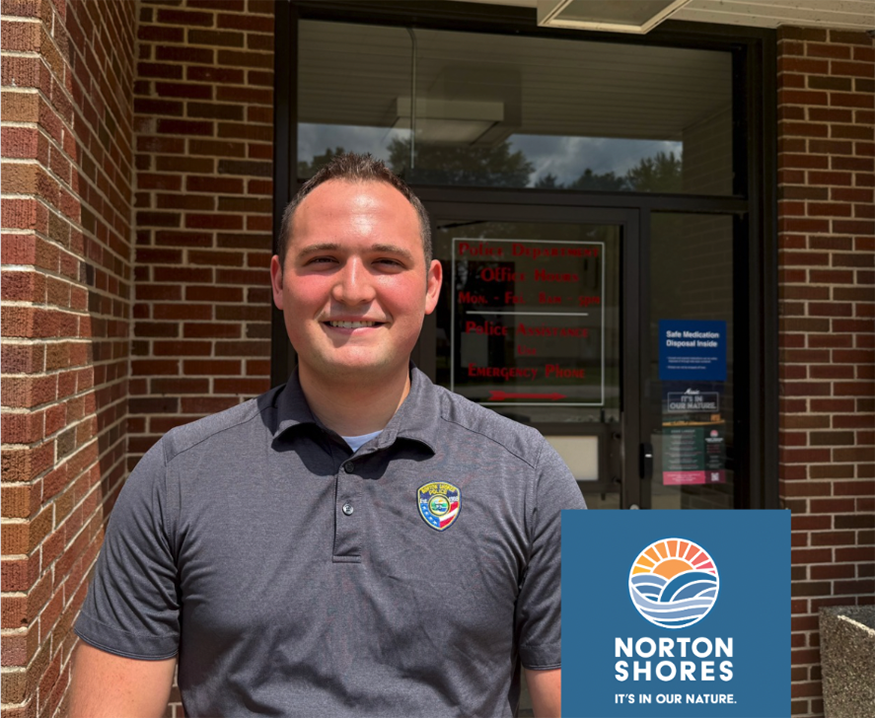There are many great ways to enjoy the winter – sledding, ice skating, and the chance to wear oversized puffy coats and heavy boots. Unfortunately, some winter activities come with injury risks. According to the Center on Injury Research at Nationwide Children’s Hospital, more than 20,000 kids younger than 19 are treated for sledding injuries each year. Sledding injuries can be caused by striking a stationary object or when a child falls off the sled.
Here are a few winter sledding safety tips to keep kids active, healthy, and safe.
Sleds and Supervision
Don’t just drop them off if the kids are begging to hit the local sledding hill, especially those younger than ten years old. Instead, bundle up and provide appropriate adult supervision.
Helmets Protect Heads
All sledders should wear a skateboard or ski helmet while sledding. Many sledding injuries include skull fractures, which can be prevented with helmet use. In addition, sledders should always head downhill feet first. Sledding headfirst is dangerous.
Check Conditions
Before hitting the hill, check for bare spots, holes, and obstructions, such as fences, rocks, poles, or trees. Avoid sledding on hills near frozen lakes, streams, or ponds. Safe sledding hills are spacious, have gentle slopes, and a level run-off with room for the sled to stop.
Gear Up
Inspect your sledding equipment before hitting the hills. It should be in good condition, free of jagged edges and cracks. Make sure to dress warmly, wearing thick gloves or mittens, and heavy socks and boots to protect against frostbite.
Hydrate
Kids also might not be inclined to drink as much water when they’re playing in cold weather because they don’t get as hot. Remind them to stay properly hydrated.
Submitted by: Holly Alway, Mercy Health Injury Prevention Coordinator



